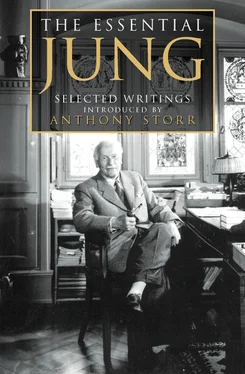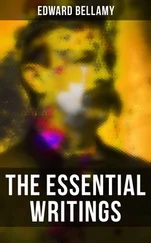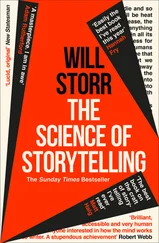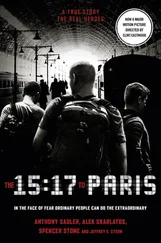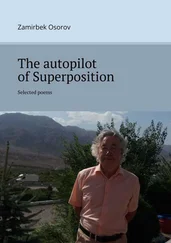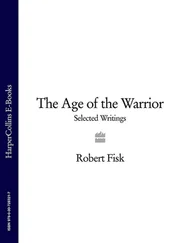This notion sprang from a curious experience I had had. When we were living in Klein-Hüningen an ancient green carriage from the Black Forest drove past our house one day. It was truly an antique, looking exactly as if it had come straight out of the eighteenth century. When I saw it, I felt with great excitement: “That’s it! Sure enough, that comes from my times.” It was as though I had recognized it because it was the same type as the one I had driven in myself. Then came a curious sentiment écoeurant, as though someone had stolen something from me, or as though I had been cheated – cheated out of my beloved past. The carriage was a relic of those times! I cannot describe what was happening in me or what it was that affected me so strongly: a longing, a nostalgia, or a recognition that kept saying “Yes, that’s how it was! Yes, that’s how it was!”
When Jung began work at the Burghölzli mental hospital, word-association tests were used as a means of studying the way in which mental contents are linked together by similarity, contrast or contiguity in space and time. Jung transformed their use into a tool for investigating emotional preoccupations; and his researches led him to formulate the notion of the “complex,” a term which he introduced.
From “Tavistock Lecture II”CW 18, pars. 97–106
First of all I want to say something about word-association tests. To many of you perhaps these seem old-fashioned, but since they are still being used I have to refer to them. I use this test now not with patients but with criminal cases.
The experiment is made – I am repeating well-known things – with a list of say a hundred words. You instruct the test person to react with the first word that comes into his mind as quickly as possible after having heard and understood the stimulus word. When you have made sure that the test person has understood what you mean you start the experiment. You mark the time of each reaction with a stop-watch. When you have finished the hundred words you do another experiment. You repeat the stimulus words and the test person has to reproduce his former answers. In certain places his memory fails and reproduction becomes uncertain or faulty. These mistakes are important.
Originally the experiment was not meant for its present application at all; it was intended to be used for the study of mental association. That was of course a most Utopian idea. One can study nothing of the sort by such primitive means. But you can study something else when the experiment fails, when people make mistakes. You ask a simple word that a child can answer, and a highly intelligent person cannot reply. Why? That word has hit on what I call a complex, a conglomeration of psychic contents characterized by a peculiar or perhaps painful feeling-tone, something that is usually hidden from sight. It is as though a projectile struck through the thick layer of the persona into the dark layer. For instance, somebody with a money complex will be hit when you say: “To buy,” “to pay,” or “money.” That is a disturbance of reaction.
We have about twelve or more categories of disturbance and I will mention a few of them so that you will get an idea of their practical value. The prolongation of the reaction time is of the greatest practical importance. You decide whether the reaction time is too long by taking the average mean of the reaction times of the test person. Other characteristic disturbances are: reaction with more than one word, against the instructions; mistakes in reproduction of the word; reaction expressed by facial expression, laughing, movement of the hands or feet or body, coughing, stammering, and such things; insufficient reactions like “yes” or “no”; not reacting to the real meaning of the stimulus word; habitual use of the same words; use of foreign languages – of which there is not a great danger in England, though with us it is a great nuisance; defective reproduction, when memory begins to fail in the reproduction experiment; total lack of reaction.
All these reactions are beyond the control of the will. If you submit to the experiment you are done for, and if you do not submit to it you are done for too, because one knows why you are unwilling to do so. If you put it to a criminal he can refuse, and that is fatal because one knows why he refuses. If he gives in he hangs himself. In Zurich I am called in by the Court when they have a difficult case; I am the last straw.
The results of the association test can be illustrated very neatly by a diagram (Figure 5). The height of the columns represents the actual reaction time of the test person. The dotted horizontal line represents the average mean of reaction times. The unshaded columns are those reactions which show no signs of disturbance. The shaded columns show disturbed reactions. In reactions 7, 8, 9, 10, you observe for instance a whole series of disturbances: the stimulus word at 7 was a critical one, and without the test person noticing it at all three subsequent reaction times are overlong on account of the perseveration of the reaction to the stimulus word. The test person was quite unconscious of the fact that he had an emotion. Reaction 13 shows an isolated disturbance, and in 16–20 the result is again a whole series of disturbances. The strongest disturbances are in reactions 18 and 19. In this particular case we have to do with a so-called intensification of sensitiveness through the sensitizing effect of an unconscious emotion: when a critical stimulus word has aroused a perseverating emotional reaction, and when the next critical stimulus word happens to occur within the range of that perseveration, then it is apt to produce a greater effect than it would have been expected to produce if it had occurred in a series of indifferent associations. This is called the sensitizing effect of a perseverating emotion.
Figure 5. Association Test
In dealing with criminal cases we can make use of the sensitizing effect, and then we arrange the critical stimulus words in such a way that they occur more or less within the presumable range of perseveration. This can be done in order to increase the effect of critical stimulus words. With a suspected culprit as a test person, the critical stimulus words are words which have a direct bearing upon the crime.
The test person for Figure 5 was a man about 35, a decent individual, one of my normal test persons. I had of course to experiment with a great number of normal people before I could draw conclusions from pathological material. If you want to know what it was that disturbed this man, you simply have to read the words that caused the disturbances and fit them together. Then you get a nice story. I will tell you exactly what it was.
To begin with, it was the word knife that caused four disturbed reactions. The next disturbance was lance (or spear) and then to beat, then the word pointed and then bottle. That was in a short series of fifty stimulus words, which was enough for me to tell the man point-blank what the matter was. So I said: “I did not know you had had such a disagreeable experience.” He stared at me and said: “I do not know what you are talking about.” I said: “You know you were drunk and had a disagreeable affair with sticking your knife into somebody.” He said: “How do you know?” Then he confessed the whole thing. He came of a respectable family, simple but quite nice people. He had been abroad and one day got into a drunken quarrel, drew a knife and stuck it into somebody, and got a year in prison. That is a great secret which he does not mention because it would cast a shadow on his life. Nobody in his town or surroundings knows anything about it and I am the only one who by chance stumbled upon it. In my seminar in Zurich I also make these experiments. Those who want to confess are of course welcome to. However, I always ask them to bring some material of a person they know and I do not know, and I show them how to read the story of that individual. It is quite interesting work; sometimes one makes remarkable discoveries.
Читать дальше
